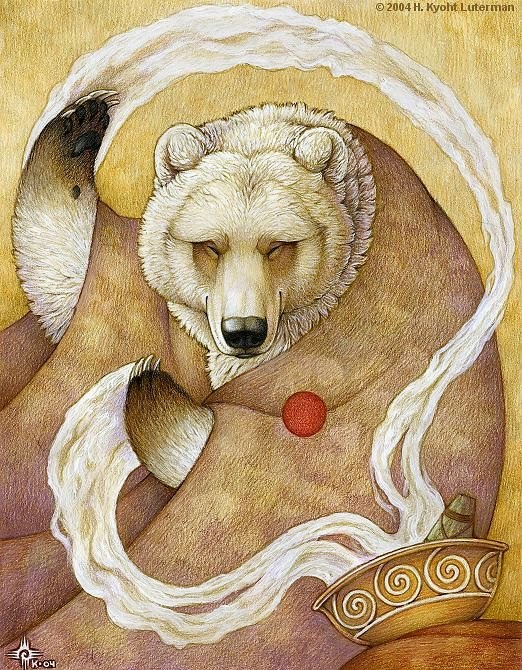He was probably the son or nephew of the American Horse who went out with Sitting Bull in the Sioux war and was killed at Slim buttes, South Dakota, Sept. 29, 1875. As speaker for the tribe he signed the treaty secured by the Crook commission in 1887, by which the Sioux reservation in Dakota was reduced by one-half. Nearly half the tribe objected to the cession, alleging that the promises of the commissioners could not be depended oil, and the malcontents, excited by the messianic craze that had recently reached the Sioux and by the killing of Sitting Bull, its chief exponent among them, in 1890, withdrew from the council and prepared to fight the Government. The expected benefits of the treaty proved illusory.
While the tribe were gathered at the agency to treat with the commissioners, their great herds of cattle destroyed their growing crops and were subsequently stolen. The signers expected that the rations of beef that had been cut off by the Government would be restored, and the agent began to issue the extra rations. In the following year, when drought had ruined the new crop, authority to increase the rations having been withheld, they were reduced at the most unseasonable time. The Sioux were actually starving when the malcontents took their arms and went out to the bad-lands to dance themselves into the exalted state necessary for the final struggle with the whites.
American Horse and other friendlies induced them to submit, and the episode would have been concluded without further bloodshed had not a collision occurred between some raw troops and Big Foot’s band after its surrender.
In 1891 American Horse headed the delegation from Pine Ridge to Washington, composed of leaders of both the friendly and the lately hostile party, and the conferences resulted in the issue of living rations and in fairer treatment of the Sioux.




